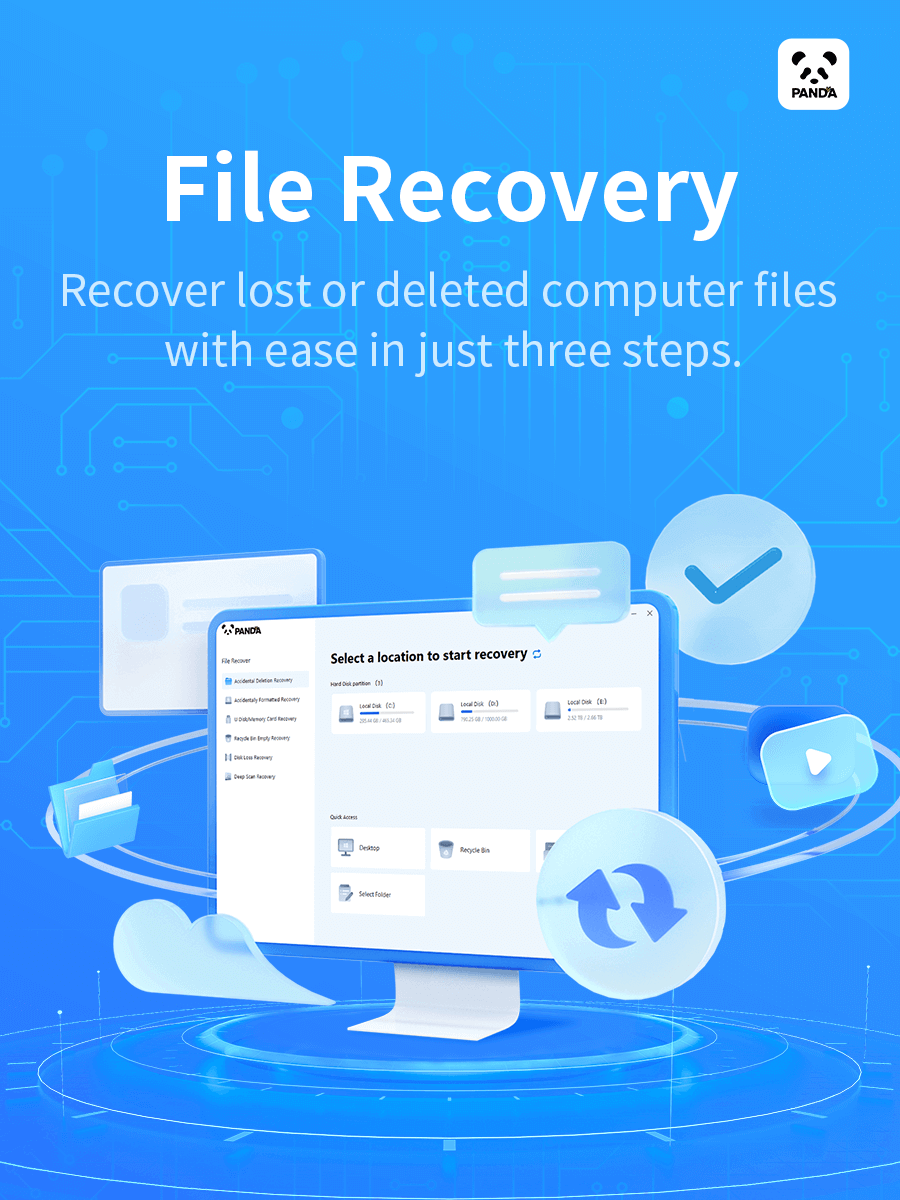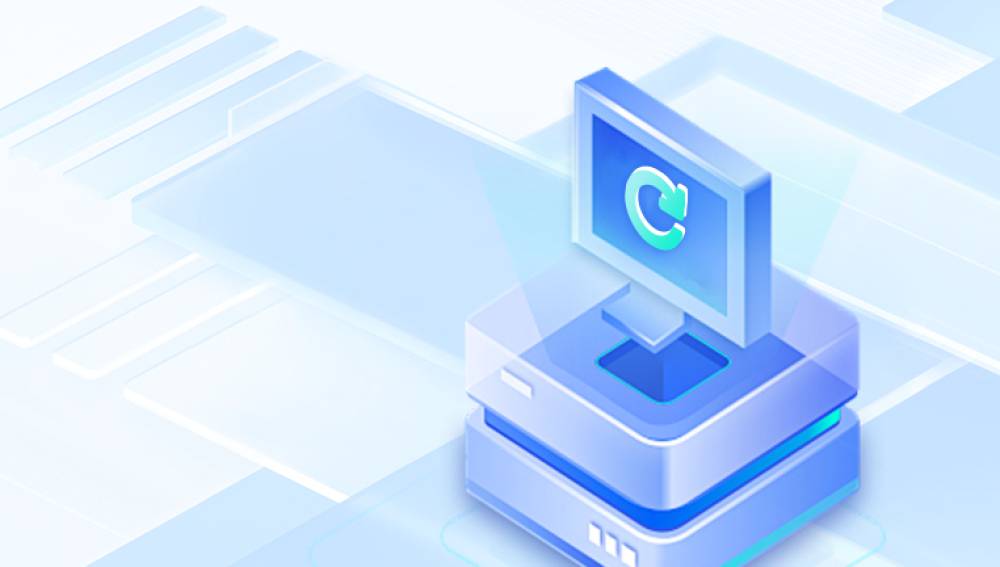PowerDirector is a popular video editing software known for its user - friendly interface and powerful features. However, one common issue that users often encounter is the error message stating that the software "can't open the file because it has been moved or is missing." This problem can be extremely frustrating, especially when you are in the middle of an important video - editing project.
Possible Causes
1. File Relocation
One of the most straightforward reasons for this error is that the video, audio, or image files you are trying to access in PowerDirector have been moved to a different location on your computer or an external storage device. When you initially import a file into PowerDirector, the software creates a link to its specific location. If you move the file, the link is broken, and PowerDirector can no longer find the file at the expected path.

2. External Storage Issues
If you are using an external hard drive, USB flash drive, or SD card to store your media files, there are several potential problems. The storage device might not be properly connected to your computer, or it could have suffered physical damage. Additionally, file system errors on the external drive can also lead to the software being unable to access the files.
3. File Deletion
Accidentally deleting the media files from your computer or storage device will obviously cause PowerDirector to fail in opening them. This could happen during a regular disk cleanup or when you are trying to free up space without realizing the importance of the files in your video - editing project.
4. Software or System Errors
PowerDirector itself might have bugs or glitches that prevent it from correctly identifying and accessing the files. Moreover, issues with your operating system, such as corrupted system files, insufficient system resources, or conflicts with other software, can also impact PowerDirector's ability to open files.
5. Anti - virus or Security Software Interference
Sometimes, your anti - virus or security software can be overly protective and block PowerDirector from accessing certain files. It might flag the media files as potential threats or restrict the software's access to specific folders, resulting in the "file moved or missing" error.
Solutions
1. Re - link the Missing Files
Locate the Files: First, you need to find out where the missing files are currently located. Use the Windows Search function (if you are on a Windows system) or the Spotlight Search on a Mac to search for the file names.
Re - import in PowerDirector: In PowerDirector, go to the "Project Media" panel. Right - click on the missing file icon and select "Replace Media." Navigate to the new location of the file and select it. PowerDirector will then update the link and be able to use the file again.
2. Check External Storage Connections
Physical Connection: Ensure that your external storage device is properly plugged into your computer. Try unplugging and plugging it back in to see if the issue is resolved.
Drive Letter Changes: Sometimes, when you reconnect an external drive, its drive letter might change. This can break the links in PowerDirector. You can check the drive letter in Windows File Explorer or the Disk Utility on a Mac. If the drive letter has changed, you may need to re - link the files as described above.
Scan for Errors: Use the built - in disk checking tools on your operating system. On Windows, right - click on the external drive in File Explorer, select "Properties," go to the "Tools" tab, and click "Check" under "Error checking." On a Mac, open Disk Utility, select the external drive, and click "First Aid."
3. Recover Deleted Files
Recycle Bin or Trash: If you accidentally deleted the files recently, check your computer's Recycle Bin (Windows) or Trash (Mac). You can restore the files from there and then re - link them in PowerDirector.
Data Recovery Software: If the files are not in the Recycle Bin or Trash, you can use data recovery software such as EaseUS Data Recovery Wizard or Recuva. These tools can scan your hard drive or external storage device and attempt to recover deleted files. After recovering the files, import them back into PowerDirector.
4. Update PowerDirector and Your Operating System
PowerDirector Update: Check for updates to PowerDirector. Software developers often release updates to fix bugs and improve performance. Go to the official PowerDirector website or use the in - software update feature to install the latest version.
Operating System Update: Make sure your operating system is up - to - date. Microsoft Windows and Apple macOS regularly release updates that include security patches and system improvements. An updated operating system can help resolve compatibility issues with PowerDirector.
5. Disable Anti - virus or Security Software Temporarily
Temporary Disable: If you suspect that your anti - virus or security software is causing the problem, you can temporarily disable it. However, be cautious as this leaves your computer vulnerable to threats. After you have re - imported the files successfully in PowerDirector, remember to enable the security software again.
Configure Exclusions: Add PowerDirector and the folders where your media files are stored as exceptions in your anti - virus or security software settings. This way, the software will not interfere with PowerDirector's access to the files.
Preventive Measures
1. Organize Your Media Files
Create a Dedicated Folder: Set up a specific folder on your computer or external storage device to store all the media files related to your video - editing projects. This makes it easier to keep track of the files and reduces the chances of accidentally moving or deleting them.
Use a Naming Convention: Develop a consistent naming convention for your files. For example, include the project name, date, and a brief description in the file name. This will help you quickly identify and locate the files when needed.
2. Back Up Your Files Regularly
External Hard Drive or Cloud Storage: Use an external hard drive or a cloud storage service like Google Drive, Dropbox, or OneDrive to back up your media files. Regular backups ensure that even if something goes wrong with your primary storage, you can still access the files.
Automated Backups: Set up automated backup solutions. Many operating systems and backup software allow you to schedule regular backups so that you don't have to remember to do it manually.
3. Avoid Moving Files During Editing
Keep Files in Place: Once you have imported files into PowerDirector, try not to move or delete them until you have completed your video - editing project. If you need to organize your files later, make sure to update the links in PowerDirector accordingly.
4. Maintain Your Computer and Software
Regular System Maintenance: Perform regular disk cleanups, defragment your hard drive (if applicable), and run system scans to keep your computer in good condition.
Software Maintenance: Keep PowerDirector and other relevant software up - to - date. This helps prevent bugs and compatibility issues that could lead to file - access problems.




